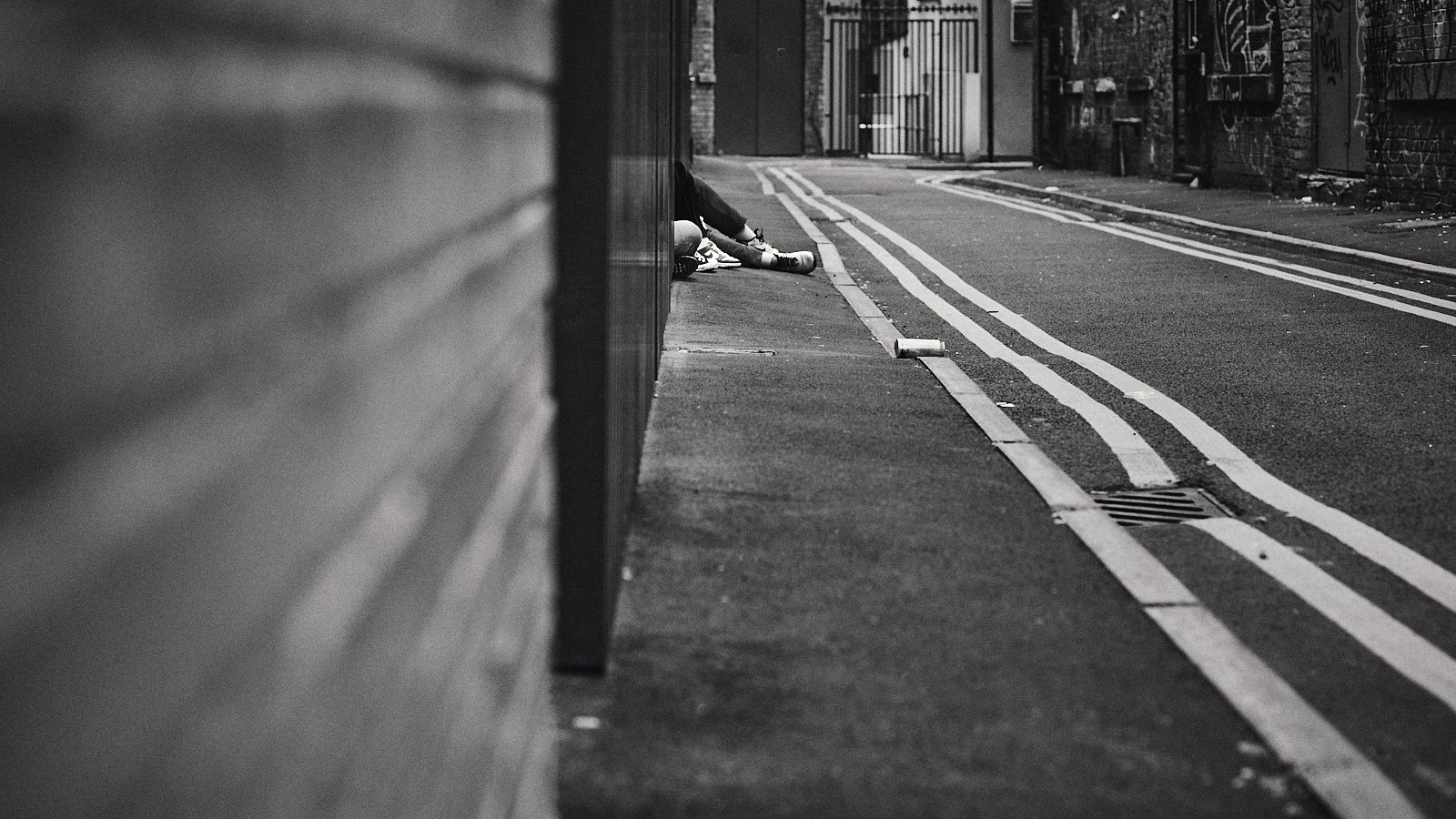Capture One and Robert Frank
I recently decided to try and learn Capture One more proficiently, I love Adobe Lightroom for editing my Street Photography and I can completely understand why it’s the go to for a lot of photographers. However, Capture One offers a lot and is the industry standard software if you’re shooting tethered in almost any studio, I felt like other than the basics before exporting a tiff to edit in Photoshop, I never really pushed what it can actually do, so after a few youTube tutorials and hours of just seeing what each thing does (and realising for the most part it works in a similar way to Lightroom), I’m actually using it more than Adobe Lightroom to edit my Street Photos. Although Lightroom seems to have the edge on the masking and being about to combine/ intersect different masks when editing, I’m sure thats something Capture One could add in the future? Other than that, Capture One feels like a more profession and precise editing tool, I can’t quite explain it, but it seems to edit the raw files in a smoother more elegant way… But by far, the thing is smashes Lightroom out of the water with is it Grain. it might seem weird taking a 40 megapixel image shot at 64iso and sticking grain on it, but I personally feel without grain and image can look hyper real, like when you watch 4k films and it look over sharpened (FYI there is a setting you can turn off to stop that).
I’m not sure if its using Capture One to edit photos or I’m just going back to the early days of my photography aesthetic, but I’m seeing a lot more of my images as Black and White when composing them.
Two images I took from a recent walk around Manchester have highlighted this:
Selfies on Stevenson Square
Hiding from the crowds
The first photographer whose work I truly felt inspired by was Robert Frank and his book “The Americans” which I could (and I have) written essays on. One of my favourite photography quotes is from him
“Black and white are the colours of photography. To me they symbolise the alternatives of hope and despair to which mankind is forever subjected. Most of my photographs are of people; they are seen simply, as through the eyes of the man in the street. There is one thing the photograph must contain, the humanity of the moment. This kind of photography is realism. But realism is not enough--there has to be vision, and the two together can make a good photograph. It is difficult to describe this thin line where matter ends and mind begins”
It’s something I have been thinking about recently, whilst I was studying my undergrad degree I almost exclusively shot in Black and White. Though at the time I put it down to necessity, being a broke student and deciding to use a 5x4 large format monorail camera, black and white film was certainly cheaper than the colour alternatives, not to mention hand printing and the cost of colour paper!
There is also something about black and white images, this idea of realism Robert Frank mentions, which is seems contradictory when considering the world and life are colourful, surely realism in photography assumes it must be shot in colour? But colours can be distracting and be untruthful. You can make a cold, miserable day feel warm and romantic by adding yellows, magentas and reds or take a summers day and make it feel cold and gloomy by doing the opposite.
A black and white photography cuts out the distractions of colour and what colours can represent, a black and white photography can show you a scene from a snippet in time and leave you alone with the subject, the realism of that moment and that moment being a photograph.

